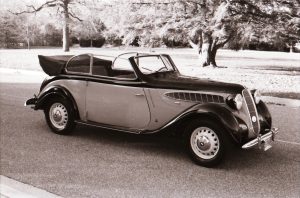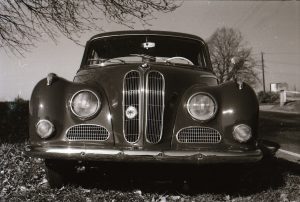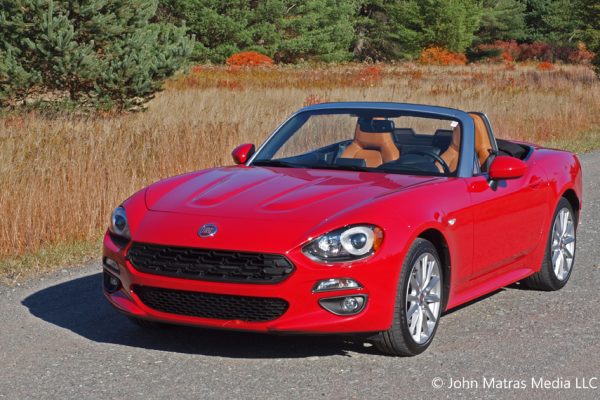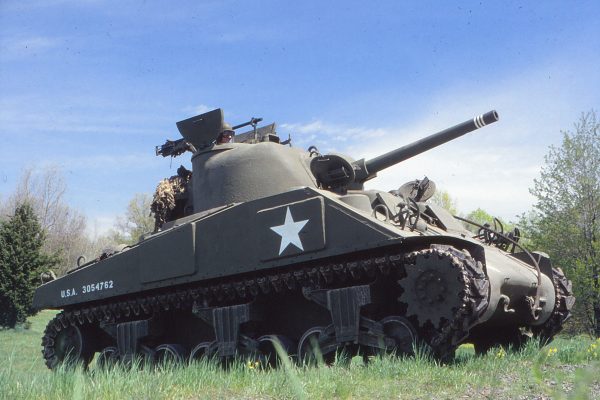Originally published in AutoWeek April 5, 1983
BMW 1600-2 Cabriolet; Photo by John Matras
It drives BMW owners wild. It makes ‘em crazy.
To be sure, others notice the BMW 1600-2 Cabriolet. Some, slant six Valiant drivers for example, ask what kind of car it is. Others, more astute, point it out to their friends. Porsche drivers look the other way and try to pretend it isn’t there.
The BMW owners? Drivers of 733is, fresh from exchanging 30-plus grand for their pride of Bavaria, promptly will run off the road while watching the Cabrio Bimmer go by the other way. BMW pilots spotting the Cabrio ahead will maneuver maniacally through traffic to get a better look. Those identifying a car behind as BMW convertible will spend more time looking in the mirror than when they’ve been surprised by a radar trap.
You can imagine the reaction of the poor 320i driver who saw Lothar Schuttler and me driving his pair of 1600-2 Cabriolets, one with the top up, the other with the top down. Most likely he stopped off at the True Value for a gross of hacksaw blades and sent his wife out for a lifetime supply of canvas and heavy-duty needles for the Singer.
The reaction, even in the Bimmer-dense Maryland suburbs of Washington, D.C., is difficult. Schuttler reports that when BMW owners manage to come within hailing distance, they usually ask one of two questions. Some will simply know in their heart of hearts that nothing like this was ever produced by Bayerische Motoren Werke want to know where and by whom the convertible conversion was done. It’s probably a fair question in this day of convertibilization of everything from Datsun pickups to Ferrari Daytonas. Have torch, will travel.
Other BMW owners, a little more secure in their ignorance – even BMW owners can’t know everything – ask if it was made that way.
And indeed it was
Baur Karrosserie took up the manufacture of the topless BMW its Stuttgart plant in 1967, and the petit cabrios were distributed by BMW as a regular production model. The 1600-2 was the bottom-of-the-line, a step down in size and cost for BMW. It was introduced in 1966 as a back-formation of BMW’s New Class chassis, which originally was offered only as a four-door. Mechanical specifications were unchanged in the elimination of the back doors, the two-door becoming two inches shorter in the process though retaining the MacPherson strut/semi-trailing arm rear suspension and overhead cam four-cylinder engine.
Conversion to cabriolet left the mechanical specs similarly unaltered, the Stuttgart coachbuilder investing cleverness in the canvas stop. A tonneau wraps completely around the back seat, covering the top in its down position. Unlike a number of German cabrios the top retracts well into the body. The results in a surprisingly attractive automobile, a study in styling simplicity, a rounded box with wheels and windshield.
The fully retracted top has to go somewhere, however, and since rear deck is left unaltered that somewhere comes out of the backseat. More specifically, rear leg room is virtually nonexistent with the front seats in normal position.
To raise the top, unsnap the outer edge of the tonneau and fold it in, letting it hang by the inner edge permanently affixed to the car. The top then pulls up and forward, clamping snugly to the windshield with two latches. The tonneau flips into the storage well for a finished look inside. Perhaps the most ingenious part of the convertible top is the glass rear quarter windows which pivot up out of the side panel is a top goes up. It’s a slick as anything ever on a Fiat.
If anything, the BMW 1600-2 Cabriolet is better looking with its top up than the standard version. The backlight is slanted more sleepily than the sedans’, giving the Cabrio a more rakish appearance akin to a coupe.
Driving with the top up actually yields few clues that it is a convertible. The top fits tightly and doesn’t drum, leak air around the edges or otherwise succumb to the usual convertible ills. Some chassis rigidity is unavoidably lost along with the steel roof, but is noticeable only on the roughest of roads.
With the top down, it’s pure convertible driving fun. There is enough wind to muss your hair but not beat you senseless. The engine, although a 1573cc single-throat Solexed bargain Bimmer special, revs freely and eagerly to redline. Despite being short geared-geared for the sake of acceleration it will just reach 100 mile-per-hour on the top end. A busy sound under hood leaves you wishing for fifth gear for highway cruising, however. That, though, may be missing the entire point of the Cabrio. It’s not a tourer, much less a racer. It’s a car for fun, a more socially acceptable way of findings one’s place in the sun.
All of which leaves several questions unanswered. Such as, if it’s such a great car, why weren’t they imported in the US? The answer is supply, and demand. On the supply side, Baur is not, was not a manufacturing giant, and during the Cabrio’s 1967-1971 production run only 1,682 were made. Demand was such that almost all found homes in Germany, America at the same time being a minor market for BMW.
And why was the 1600-2 chosen for Cabriolet duty and instead of a more up-market model? Because all the other sedans were four doors and as a result less suitable for conversion. The only other two-door, the 2000 C/CS coupe, already was knocking on the door of too expensive
It speaks for the BMW 1600-2 Cabriolet that despite Schuttler’s ownership of a bevy of BMWs, crowned by a triple-Webered fast-cammed Bavaria, he hopes his brother back in Germany can find him yet another Cabrio.














What Do You Think?
You must be logged in to post a comment.